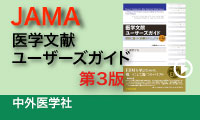| Templates for different categories of decisions |
|
– clinical practice recommendations about preventive, therapeutic, or rehabilitative interventions; – decisions made on behalf of a population about which clinical interventions are paid for by a third party (coverage decisions), – clinical practice recommendations about tests used for diagnostic, screening, monitoring or other purposes (tests), when there is no direct evidence of the effects of the diagnostic intervention on patient outcomes resulting from management decisions based on the test results; ●Clinical recommendation – individual patient perspective – This template is for recommendations (about preventive, therapeutic, or rehabilitative interventions) for individual patients and clinicians made from the perspective of individual patients. |
The EtD frameworks are flexible.Organisations may elect to modify these templates using the Administration>Templates function in the iEtD; they can modify the terminology (and language), the criteria, the response options for criteria, the use of detailed judgements and the guidance for using the framework to ensure that the framework is fit for their purpose. For example, guideline developers may have assessed the priority of problems prior to making recommendations and therefore might elect not to include this as a criterion. Conversely, some organizations, due to their mandate, might elect to consider a factor, for example, autonomy or sustainability, separately as an additional criterion rather than as a detailed judgment for a broader criterion.
********
現状では、最低限の基準(例、GRADE教科書2版 p168)のみ利用するだけでかまいわないと思います。



